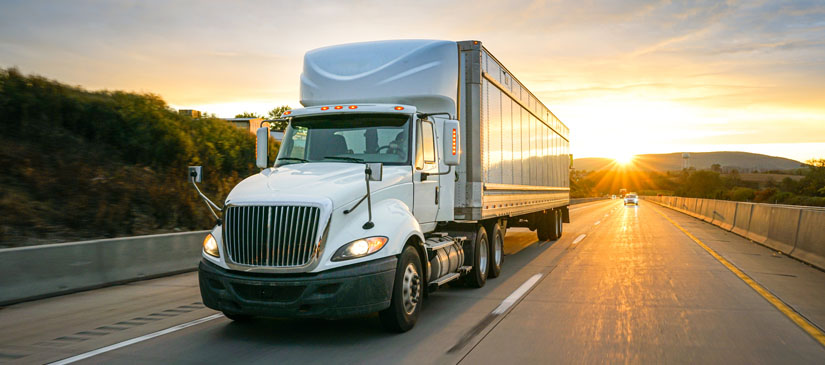
Key insights
- As technology advances within the transportation and logistics industry, your organization needs to weigh the cost-benefit of investing in new technology.
- The potential benefits of the research and development tax credit should be part of your analysis.
- Review how the research and development your organization is already doing could impact your tax strategy.
Could your organization benefit from the R&D tax credit?
The transportation and logistics (T&L) industry has seen unprecedented technology advances in recent years, ranging from the shift to low- and zero-emissions fleets to the adoption of software and artificial intelligence (AI) platforms to help manage the logistics lifecycle. With supply chains becoming ever more globally interconnected, staying on the forefront of technology is vital for growth and competitiveness.
The shift to an increasingly tech-enabled industry
Technology investments have become even more essential as companies still grapple with disruption in global supply chains. Facing the uncertainty of the pandemic, many warehouses and distributors eliminated inventory. Consumer spending evaporated in some areas yet reached new highs in others. The supply chain scramble that ensued pushed technology to the top of the priority list as companies reassess and reimagine how their goods are distributed across the world.
For U.S. companies increasing their investment in technology, the research and development (R&D) tax credit should be an essential part of the cost-benefit equation given its potential to help defray capital expenditures and increase returns.
An old tax incentive could help with new tech investments
Since the early 1980s, the federal R&D tax credit has been encouraging technological advancement in the United States. Qualified research was broadly defined to encompass far more than scientists performing laboratory experiments. Structured as a dollar-for-dollar offset of federal income or payroll tax liability, the net tax benefit is typically 7% to 10% of a company’s qualified research expenses, which can add up quickly.
Your activities must meet four threshold requirements to qualify for the R&D credit:
- Relate to the development of a new or improved business component (think of a business component as the product or process that’s the subject of your R&D)
- Rely on the fundamentals of hard science (e.g., physics, engineering, computer/data science)
- Be intended to eliminate technical uncertainty relating to the business component
- Constitute a process of experimentation (i.e., a process designed to evaluate one or more alternatives regarding the development of your business component from a technical standpoint)
Usually, the largest driver of the R&D credit is the wages of those directly performing, supervising, and supporting development. As you might imagine, the low-hanging fruit are the developers, engineers, and scientists. However, many other functional roles can qualify, especially as labor market woes mean an all-hands-on-deck approach for many organizations. Similarly, third-party contractors or consultants paid to augment development efforts can qualify.
Depending on the industry, the impact of two additional categories of qualified research expense could be substantial. First, consider the supplies and raw materials used in R&D when developing a new or improved product or manufacturing process. In addition, cloud computing costs can qualify for the credit, which can be a major opportunity for organizations investing in cloud-based applications and environments.
Qualified R&D activities within T&L
Given the many complexities specific to T&L and the increasing volume of goods moving around the world, AI and other advanced technologies are becoming a hallmark within the industry — and these technology solutions are being implemented end to end, from physically moving cargo at ports and terminals to tracking vast amounts of end-user transactional data.
Consider a few examples of T&L tech investments that may qualify for the R&D credit:
- Custom software development for fleet, inventory, or workforce management
- AI for the improvement of terminal and yard operations
- Robotics and other automated technologies to improve distribution center performance and throughput
- Electric or hybrid fleet conversions and associated infrastructure buildouts
- Digital monitoring capabilities for terminal and yard surveillance or security
- Process engineering relating to improved terminal or warehouse operations
Organizations of all sizes and across the T&L spectrum can qualify for the credit — an over-the-road trucking company can qualify just as a shipping and logistics multinational can, or even an early stage last-mile provider just breaking into the market. The R&D credit is intended to be widely accessible to taxpayers large and small if they are investing in the types of activities outlined in the credit rules.
How CLA can help
CLA professionals bring a distinct industry perspective to your T&L technology investment decisions. Our transportation and logistics industry professionals and national R&D tax credit team work together in identifying opportunities surrounding your R&D investments while providing technical and practical guidance to help you understand tax incentive strategies well into the future.
